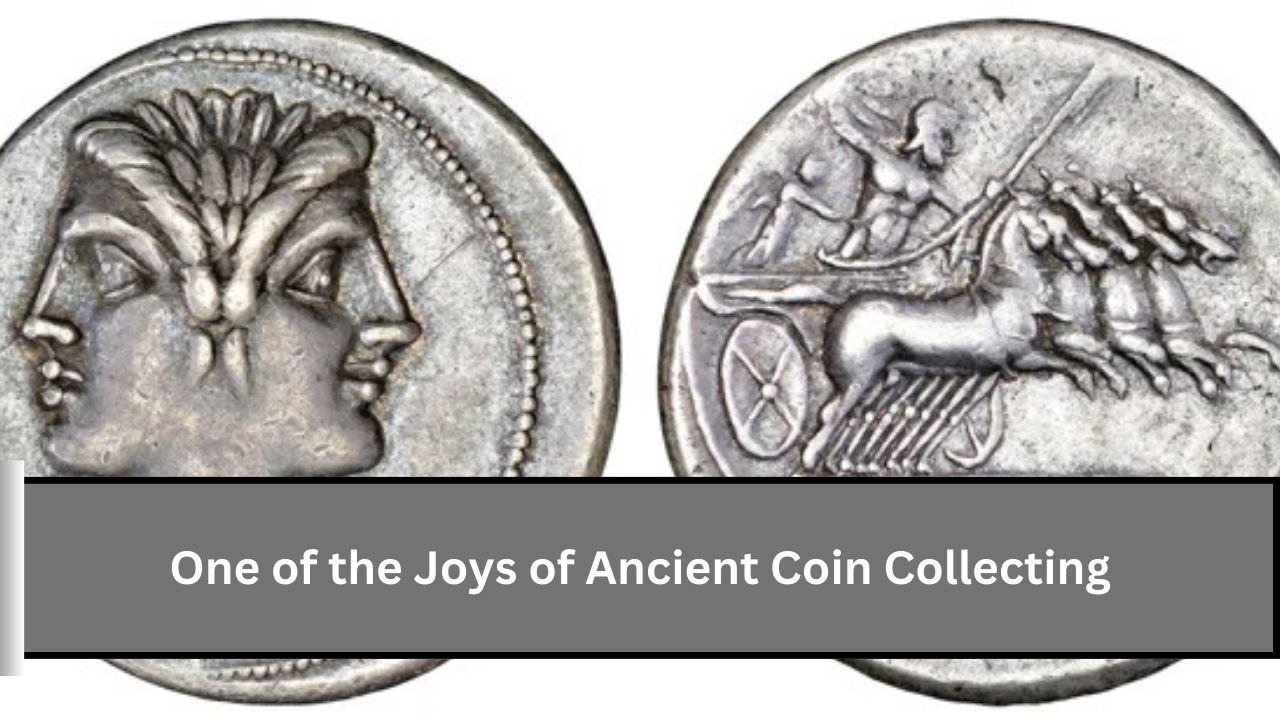Collecting ancient coins can be like unlocking a treasure trove of stories. Every image on a coin tells a story, representing a king, an event, or even a deity. Have you ever wondered why a certain image was chosen for a coin? It might represent a historical moment, a political message, or even a religious symbol. For coin collectors, the thrill lies in discovering the meaning behind these designs, which often ranges from obvious to deeply obscure.
The Iconography of Ancient Coins
Coins from ancient times, especially Islamic Turkish ones from the 12th and 13th centuries, are unique. They often show bold, artistic designs, unlike anything produced at the time. Before Turkish rule, Islamic coins had no images, following a strict interpretation of religious beliefs. So why did these coins suddenly have detailed images? This mystery puzzled coin experts for centuries.
Notable Turkoman Figural Coins
| Coin | Ruler | Time Period | Iconography |
|---|---|---|---|
| Bronze Dirham | Najm al-Din Alpi | AD 1152-1176 | Gemini and Virgo motifs |
| Bronze Coin | Artuqids of Mardin | 12th Century | Astrological themes |
| Silver Dirham | Zengids | 12th Century | Classical figures from Byzantine coins |
Astrological Connections in Coin Design
| Astrological Sign | Coin Imagery | Historical Context |
|---|---|---|
| Gemini | Two male busts | Inspired by Roman and Greek coinage |
| Virgo | Woman crowning man | Linked to Byzantine designs, astrology |
The Bronze Coin of Najm al-Din Alpi
One striking example is the bronze dirham of Najm al-Din Alpi, a prince who ruled Mardin between AD 1152 and 1176. Alpi wasn’t a major historical figure, but his coins tell an interesting story. His coin shows two diademed male busts on the front, inspired by ancient Seleucid designs. On the back, a female figure crowns a man, mirroring designs from old Byzantine (Romaion) imperial coins.
Astrological Themes on Turkoman Coins
The images on Alpi’s coins are not just random. They reflect astrological themes. The male busts on the front resemble the Gemini twins, a common motif in ancient Roman and Greek coinage. The back design, showing a woman crowning a man, has astrological ties too. Mercury, a key figure in astrology, is linked to both Virgo and Gemini. This connection hints that the engravers used astrological symbols intentionally, drawing from an ancient tradition.
The Influence of Christianity on Islamic Coins
Why would Islamic coins show Western images? The answer might lie in who made the coins. Turkish rulers often employed Nestorian Christians to manage their finances. These individuals could have influenced the artistic choices, blending Eastern and Western iconography in a fascinating mix of cultures.
Conclusion
Collecting ancient coins offers a deep dive into history, art, and even astrology. Each coin reveals a piece of the past, inviting collectors to explore the social, political, and cultural contexts of the time. As we study these coins, we unlock stories that enrich our understanding of history. So, next time you look at an ancient coin, remember, it’s more than just a piece of metal—it’s a window into a forgotten world.
FAQ’s
Why are ancient coins important to collectors?
Ancient coins are valuable because they carry historical, cultural, and artistic significance. Each coin tells a unique story.
How do astrological symbols appear on ancient coins?
Astrological symbols often feature on ancient coins, representing signs like Gemini or Virgo, tying them to the zodiac.
What is unique about Najm al-Din Alpi’s coins?
Alpi’s coins are notable for their mix of Islamic and Western imagery, with astrological themes reflecting both cultures.
How did Christian influence impact Islamic coin design?
Christian advisors to Turkish rulers introduced Western artistic traditions, blending Islamic and Christian symbolism on coins.
Why did Islamic coins initially avoid images?
Early Islamic coins followed religious beliefs that discouraged the use of human or animal images, preferring inscriptions instead.

